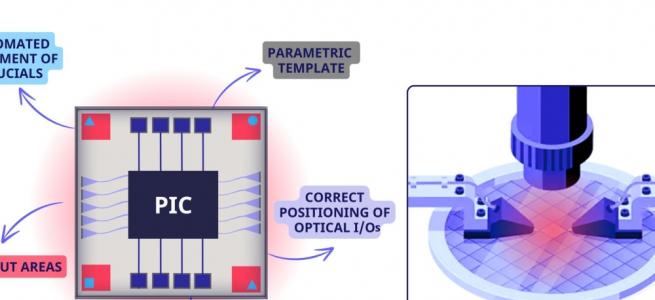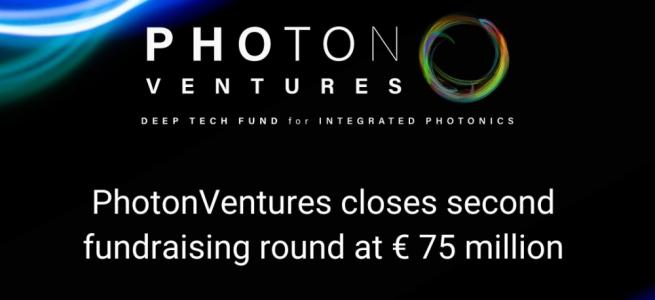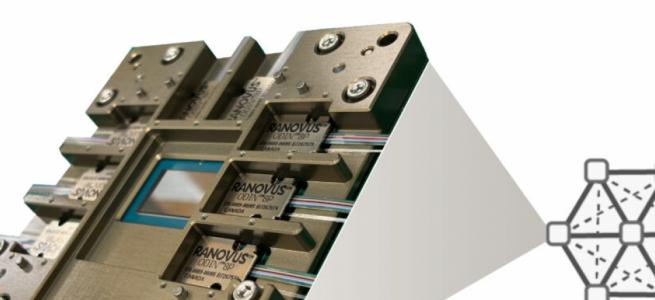Microwave chip performs ultrafast signal processing

Using a thin-film lithium niobate platform, researchers say they have combined high-speed electro-optic conversion and low-loss signal processing on a single chip for the first time
Researchers have reported the development of a microwave photonic chip that can perform ultrafast analogue electronic signal processing and computation using optics. The scientists say that the chip is 1000 times faster and consumes less energy than a traditional electronic processor. Such a chip has a wide range of applications, including in 5/6G wireless communication systems, high-resolution radar systems, artificial intelligence, computer vision, and image/video processing.
The research was conducted by a collaboration between scientists at City University of Hong Kong (CityUHK) and The Chinese University of Hong Kong (CUHK). Their findings have been published in the journal Nature.
The rapid expansion of wireless networks, the Internet of Things, and cloud-based services has placed significant demands on underlying radio frequency systems. Microwave photonics (MWP) technology, which uses optical components for microwave signal generation, transmission, and manipulation, offers effective solutions to these challenges. However, integrated MWP systems have struggled to achieve ultrahigh-speed analogue signal processing with chipscale integration, high fidelity, and low power simultaneously.
“To address these challenges, our team developed a MWP system that combines ultrafast electro-optic (EO) conversion with low-loss, multifunctional signal processing on a single integrated chip, which has not been achieved before,” explained Wang Cheng, a professor in the Department of Electrical Engineering at CityUHK, who led the research team.
Such performance is enabled by an integrated MWP processing engine based on a thin-film lithium niobate platform capable of performing multi-purpose processing and computation tasks with analogue signals.
“The chip can perform high-speed analogue computation with ultrabroad processing bandwidths of 67 GHz and excellent computation accuracies,” said Feng Hanke, joint first author of the paper.
The team has been dedicated to researching the integrated lithium niobate photonic platform for several years. In 2018, together with colleagues at Harvard University and Nokia Bell labs, they developed the first CMOS (complementary metal-oxide semiconductor)-compatible integrated electro-optic modulators on this platform, which laid the foundation for their latest research breakthrough. Lithium niobate is referred to as the “silicon of photonics” for its importance in photonics, which is comparable to that of silicon in microelectronics.
The researchers say their work opens up a new research field – lithium niobate microwave photonics, enabling microwave photonic chips with compact sizes, high signal fidelity, and low latency. They also say it represents a chipscale analogue electronic processing and computing engine.
Image credit: City University of Hong Kong

































